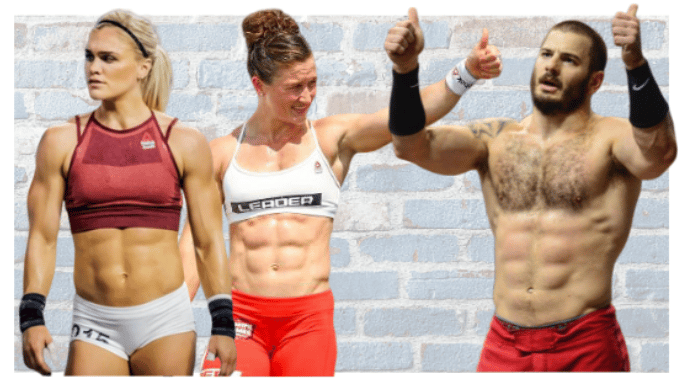- Carmona
- Posts
- #2: Visible Abs
#2: Visible Abs
What is the path to a six pack?


Many people incorrectly assume that you need to look like Arnold Schwarzenegger to sport a six pack. That’s not necessarily the case. Visible abdominals are a conversation between 1) overall muscle development and 2) body fat.
Muscle Development: All else equal, the more developed the core musculature, the more likely that we are to achieve visible six packs
Body Fat: All else equal, the leaner that we are, the more likely that we are to achieve visible six packs
Arguably, Arnold Schwarzenegger combined extraordinary muscle development with extraordinary leanness. But as we can see in the 2×2 matrix above, people can achieve visible abdominals by over-indexing on either just muscle development (#1) or just leanness (#4).
Let’s discuss these two paths in greater depth.
Relative Muscle Development
Muscle development can be understood as overall muscle mass and density.
The core muscles—the abdominals and obliques—act like every other muscle in the body. When trained with resistance, they grow. When they grow, these muscles reveal their shapes and begin to place outward pressure on the skin. That pressure, if sufficiently great, forms elevations and depressions in the skin’s appearance, which we all know as “definition”.
The impact of muscle development on the skin can be analogized to what happens when we fill a water balloon. If there’s no water (i.e., muscle development) then the balloon is flat; the balloon lacks all shape. But as we begin to add water (i.e., muscle mass) the balloon begins to fill up and reveal its form. As we continue to add water, the internal pressure of the water pushes against the walls of the balloon such that, in its maximal state, the balloon appears taut.
That same tautness is what we see when someone has a well-developed physique. The muscles appear full and the body has a defined shape.
Real-life Examples: CrossFit Athletes
In the 2×2 matrix above, we can see how a highly-developed core can lead to visible abdominals.
Matt Fraser (#1) is a CrossFit champion. CrossFit emphasizes heavy compound lifts. Executing these lifts often requires significant core engagement. Over time, this resistance training translates to muscular hypertrophy. At extreme levels of development—levels that we might expect among elite CrossFit athletes—the core muscles can place sufficient pressure on the skin so as to become visible, even at relatively higher body fat percentages.
That’s why so many CrossFit athletes enjoy visible six packs, even though they may not be as lean as either competitive bodybuilders (#3) or long-distance runners (#4). Their extreme muscle development can compensate for, and effectively overcome, their higher body fats.

Relative Body Fat
Body fat can be understood as the layer of insulation between our muscles and skin. All else equal, the thinner this layer, the more likely that we are to see muscle definition regardless of overall muscle development.
For an analogy, think about bedding. You’re much more likely to see the outline of your body when under a thin sheet than a heavy comforter. The same rule applies for how defined our muscles appear at lower and higher body fats.
Real-Life Examples: Long-distance Runners
In the 2×2 matrix above, we see how lower body fats lead to more visible abdominals.
It’s very common for long-distance runners (#4) to sport visible six packs. Unlike their CrossFit counterparts, however, most distance runners do not achieve this look via resistance training. Instead, they over-index on cardio, which enables them to maintain relatively lower body fat percentages.
At sufficiently-low body fats, distance runners can sport visible abdominals, even if they have never trained abdominals. Their extreme leanness can overcome, and effectively compensate for, under-developed core musculature.
As suggested, distance runners and CrossFit athletes act as mirror images of each other; they sit at opposite ends of the muscle development and leanness spectrum. And importantly, both achieve the same physical outcome, albeit via different pathways.

In sum, if your primary training goal is to achieve a visible six pack, then consider how you can make progress through muscle development and diet. I have found this two-pronged approach to be much more sustainable than just dieting. I hope that you will, too!